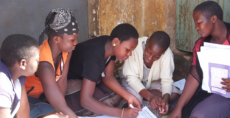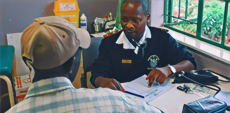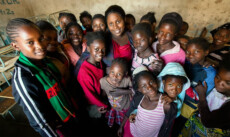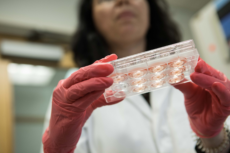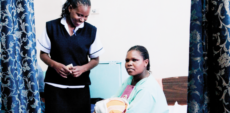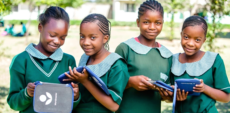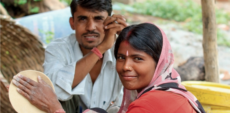Evaluating the Nia Project
For many adolescent girls around the world, puberty is a vulnerable time when girls face various pressures and challenges—including sexual harassment, abuse, early marriage, [...]
Supporting Operational AIDS Research (Project SOAR)
Recent advances in the global HIV response hold great promise for achieving control of the HIV epidemic. With support from the President’s Emergency Plan [...]
Adolescent Girls Empowerment Program
Social isolation, economic vulnerability, and lack of access to health care prevent healthy transitions from girlhood to womanhood, especially for vulnerable adolescent girls in [...]
Developing and Testing a Griffithsin (non-ARV) Microbicide
The Population Council has been a leader in research on and development of microbicides since the 1990s. Today, we are developing user-controlled prevention methods [...]
Heshima: Promoting Dignified and Respectful Care During Childbirth
Many women face barriers to delivering their babies in health facilities, not least of which is disrespectful and abusive care during childbirth, including medical [...]
GirlsRead! Developing Evidence-Based Approaches to Keep Girls in School
In Zambia where only 22% of females aged 20–24 have completed secondary school versus 31% of males, literacy levels among students are extremely low. Zambian [...]
Reducing HIV Risk among Adolescent Girls and Young Women
Reversing high rates of HIV infection among adolescent girls and young women in sub-Saharan Africa, and addressing the core factors that increase girls’ HIV [...]
The Evidence Project
The Evidence Project, led by the Population Council and with support of partners International Planned Parenthood Federation, PATH, and Population Reference Bureau, used implementation [...]
